Are you stressing about what gifts to get for the acupuncture-lover in your life this holiday? AOMA’s staff & students are here to help! Below you’ll find our top 10 picks for acu-friendly holiday gifts, whether you’re shopping for your TCM practitioner, recent AOMA-grad, or just someone who could use the gift of acupuncture this season.
- Salt lamp
Made from pink salt crystals native to the Himalayas, salt lamps are said to release negative ions, helping to cleanse dust particles from the air and boost energy levels. Some salt lamp users have even reported elevated mood, reduced anxiety, improved sleep, and reduced allergy and asthma symptoms. While no major studies have supported these claims, the warm pinkish glow of a salt lamp makes a welcoming and beautiful addition to any home or clinic space.
- Pain-relieving TCM Topicals
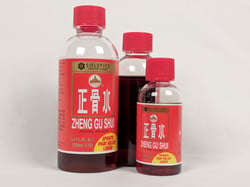
Any or all of these pain-relieving traditional Chinese medicine topical oils or liniments would make amazing gifts, whether for the gym-goer or athlete in your life or someone who needs some relief from minor aches and pains. They make excellent stocking stuffers or “white elephant” gifts too!
White Flower oil is used for the temporary relief of minor aches and pains of muscles and joints due to simple backache, arthritis, strains bruises and sprains.
Zheng Gu Shui is great for external cooling pain relief and may be used for the temporary relief of aches and pains of muscles and joints associated with backache, lumbago, strains, bruises, sprains, and arthritic or rheumatic pain, pain of tendons and ligaments.
Wood Lock (Wong To Yick) oil is used for the temporary relief of pain, to soothe muscles and joints, and to relieve tightness in muscles.
Die Da Wan Hua oil is used for the temporary relief of minor aches and pains of muscles and joints associated with simple backache, arthritis, and strain.
Po Sum On oil is an all-purpose peppermint oil and balm primarily used to warm up muscles, improve circulation, and relieve pain. It can also be used to treat muscle aches, symptoms from the common cold, bites, scratches, burns, or to warm up the body prior to exercising.
- Jade roller & Pearl powder
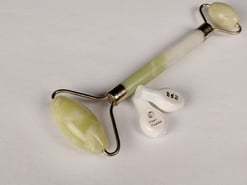
Jade rollers have been used in China for thousands of years and have recently been spotlighted by the YouTube beauty community! Jade is itself a cooling and rejuvenating stone, called the “stone of heaven” in traditional Chinese medicine, and a jade roller treatment can smooth out fine lines and wrinkles, reduce redness and puffiness, and tone and brighten the facial skin.
Pearl powder is widely believed to improve the appearance of the skin, stimulate new skin growth, regenerate collagen, accelerate the healing of acne, release toxins, and eliminate sun damage and age spots. These two items would make a perfect combo gift for the beauty guru on your shopping list!
- Cupping set – glass, plastic, silicone
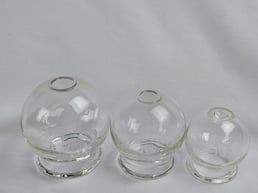
Cupping is another traditional Chinese medical technique that has had the spotlight in popular culture lately! Glass, plastic, or silicone cups are used as suction devices and placed on the skin to loosen tight muscles and encourage blood flow. Plastic and silicone cups are cheaper and easier to use and so are typically more popular with acupuncture students and patients who want to cup themselves at home. But there are many advantages to glass cupping! Glass cups can be easily moved around the skin surface to treat larger areas, they can be used with heat for “fire cupping,” and some practitioners argue that glass cups have better suction. And best of all? When not in-use they can be beautifully and decoratively displayed in a clinician’s treatment room!
- Décor
Whether you’re decorating a new space or freshening up a room for the new year, it’s always fun to receive décor for the holidays! Welcome chimes, wall hangings, statues, and candles can each completely transform an existing space into something brand new. A didactic “Acu-Model” statue might be the perfect gift for an acupuncture student -- we even have Acu-Cat and Acu-Horse models! And try hanging a chime on your door this new year – it’s good feng shui, as bells are the harbingers of prosperity and good luck.
- Essential oils, Incense, & Burners

Incense and essential oils have been used for thousands of years to create pleasant smells, promote spiritual practice, and to help with healing. (AOMA Herbal Medicine sells all-natural incense which can be burned more safely than those containing harsh chemicals!) Scent can be a powerful influencer to mood, and incense or oil burners themselves are lovely decorative additions to a clinic or living space.
- E-stim machine
This would be a GREAT gift for a new AOMA student or a recent graduate starting their practice! An e-stim machine is required to perform electroacupuncture and thus is an essential piece of clinical equipment, but it can be a big investment – especially on a student budget. Electroacupuncture can help a clinician address pain, muscle spasms, nausea, and many more symptoms. It’s also required for an AOMA student’s clinic kit!
- Moxa box

Moxibustion, the therapeutic burning of the herb mugwort to promote healing, is an important and frequently-performed traditional Chinese medical technique. In a moxa box, the loose moxa fiber is rolled into a ball and burned, held above the patient’s skin by a screen, with the smoke directed downward. While it is certainly not necessary, a moxa box can make moxibustion safer for the patient as well as easier for the practitioner to both perform and clean up after.
- Massage oils & lotions
Self-care is often at the back of our minds when it should be at the forefront, and massage oils or lotions can be an excellent aromatic and therapeutic addition to everyone’s relaxation or stress management routine. And a sampling of new oils and lotions might be just what the massage therapist or acupuncturist on your holiday shopping list needs to start the new year feeling fresh and prosperous!
- AOMA gift certificate

From acupuncture treatments to acupuncture books, there’s an AOMA gift certificate to suit all your shopping needs! Professional Clinic acupuncture gift certificates are $100, Student Clinic gift certificates are $30, and AOMA Herbal Medicine gift certificates are available in amounts from $5-$500. You can even buy online and we’ll mail them directly to the recipient!








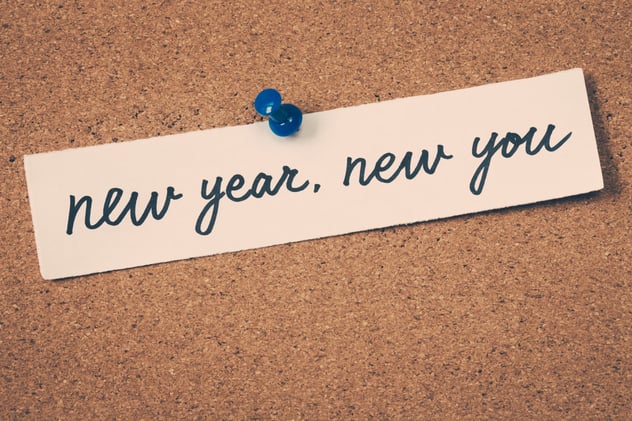

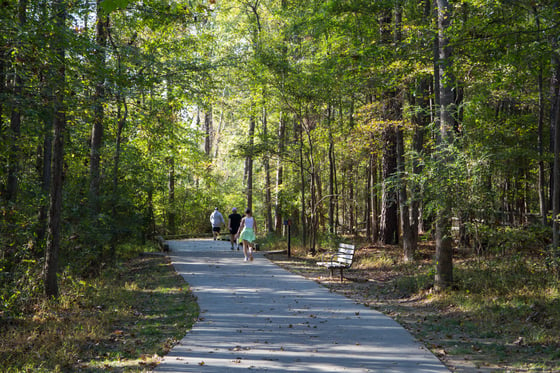
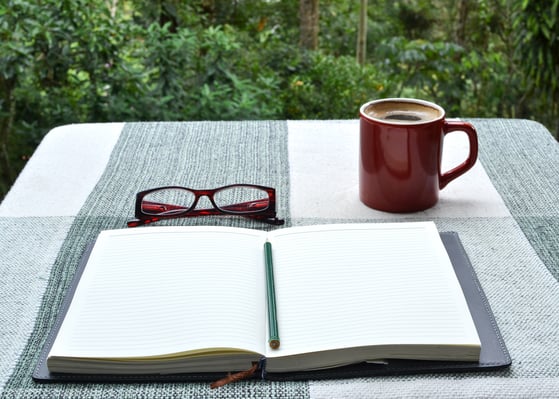
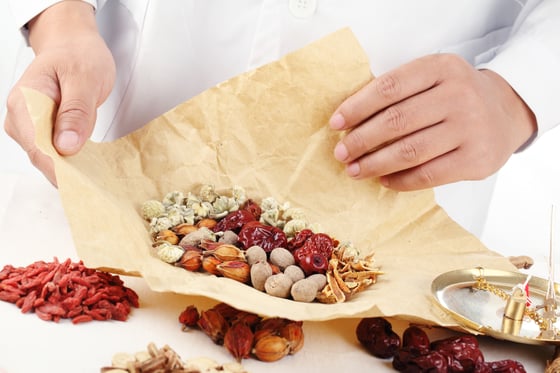
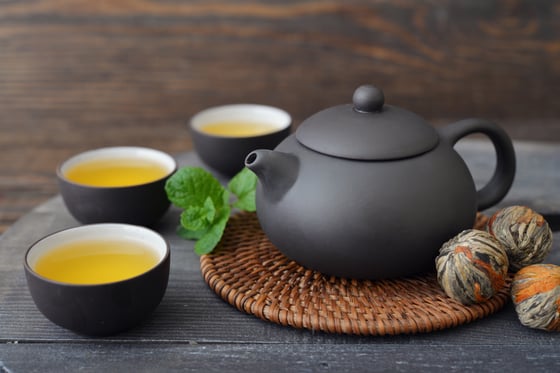

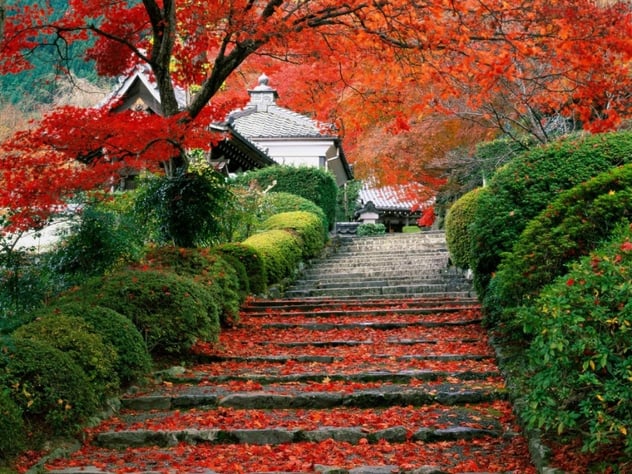
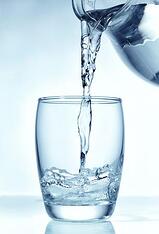
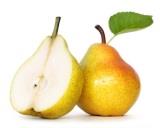
-resized-600.jpg?width=160&height=211&name=acupuncture_(8)-resized-600.jpg)

 Lauren has lived in Austin since 2006 by way of Lake Tahoe, California. While pursuing her MAcOM at AOMA she continues to work with The American Cancer Society as a cancer information specialist. She counts ATX as her home with her husband and two Boston terriers. http://www.earthspringacupuncture.com/
Lauren has lived in Austin since 2006 by way of Lake Tahoe, California. While pursuing her MAcOM at AOMA she continues to work with The American Cancer Society as a cancer information specialist. She counts ATX as her home with her husband and two Boston terriers. http://www.earthspringacupuncture.com/ Swimming at Barton Springs, backyard BBQs, free concerts at Zilker Park, and the HEAT. Well, for some the heat is wonderful; for most of us, it can be a challenge both mentally and physically. Summer Heat is one of the “six pernicious evils” in traditional Chinese medicine (TCM) theory and is nothing to scoff at. Protecting yourself and understanding how to avoid dehydration and heatstroke are vital to making the most of your summer and protecting your body for the rest of the year.
Swimming at Barton Springs, backyard BBQs, free concerts at Zilker Park, and the HEAT. Well, for some the heat is wonderful; for most of us, it can be a challenge both mentally and physically. Summer Heat is one of the “six pernicious evils” in traditional Chinese medicine (TCM) theory and is nothing to scoff at. Protecting yourself and understanding how to avoid dehydration and heatstroke are vital to making the most of your summer and protecting your body for the rest of the year.





 h their eyes closed, hands resting upward — thumb and index finger touching — while my younger siblings crawl on their backs and shoulders. My older two brothers and I sit nearby, holding our own meditation poses, bored, rolling our eyes and counting the minutes until this ritual will end.
h their eyes closed, hands resting upward — thumb and index finger touching — while my younger siblings crawl on their backs and shoulders. My older two brothers and I sit nearby, holding our own meditation poses, bored, rolling our eyes and counting the minutes until this ritual will end.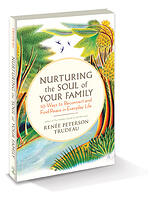 Renée Peterson Trudeau is president of Career Strategists and the author of the new book Nurturing the Soul of Your Family. Thousands of women in ten countries are participating in Personal Renewal Groups based on her first book, the award-winning The Mother’s Guide to Self-Renewal. Visit her online at
Renée Peterson Trudeau is president of Career Strategists and the author of the new book Nurturing the Soul of Your Family. Thousands of women in ten countries are participating in Personal Renewal Groups based on her first book, the award-winning The Mother’s Guide to Self-Renewal. Visit her online at 

